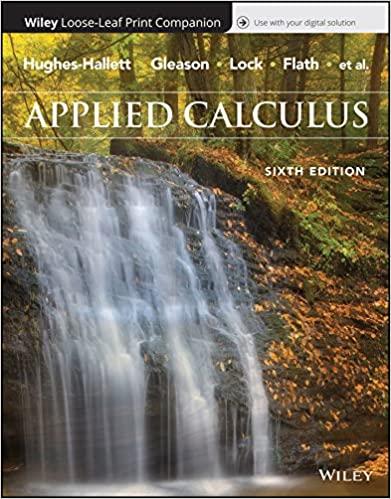When birds lay eggs, they do so in clutches of several at a time. When the eggs
Question:
When birds lay eggs, they do so in clutches of several at a time. When the eggs hatch, each clutch gives rise to a brood of baby birds. We want to determine the clutch size which maximizes the number of birds surviving to adulthood per brood. If the clutch is small, there are few baby birds in the brood; if the clutch is large, there are so many baby birds to feed that most die of starvation. The number of surviving birds per brood as a function of clutch size is shown by the benefit curve in Figure 4.43.7
(a) Estimate the clutch size which maximizes the number of survivors per brood.
(b) Suppose also that there is a biological cost to having a larger clutch: the female survival rate is reduced by large clutches. This cost is represented by the dotted line in Figure 4.43. If we take cost into account by assuming that the optimal clutch size in fact maximizes the vertical distance between the curves, what is the new optimal clutch size?

Step by Step Answer:

Applied Calculus
ISBN: 9781119275565
6th Edition
Authors: Deborah Hughes Hallett, Patti Frazer Lock, Andrew M. Gleason, Daniel E. Flath, Sheldon P. Gordon, David O. Lomen, David Lovelock, William G. McCallum, Brad G. Osgood, Andrew Pasquale





